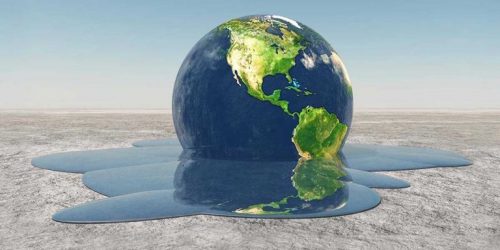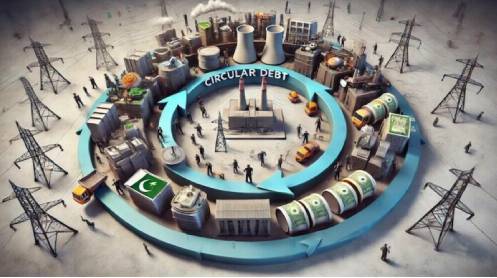Just look at what almost one degree Celsius of warming has done: more extreme heat and wildfires, bigger storms and droughts, hotter and higher seas, warmer summers and winters. Many animals and plants are shifting to new areas, seeking familiar ecosystems elsewhere. Industries and economies are either facing or preparing for impacts.
This number matters because every small fraction of a degree matters. The Paris Agreement in 2015 set a worldwide aspirational target to hold warming to 1.5°C, down from a 2°C target. Staying below 1.5°C would prevent hundreds of millions of people from suffering through extreme heat waves and give other living things more time to adjust to changing conditions
No one directly experiences the global average temperature. It’s a way for scientists to analyze and communicate how much energy the Earth is trapping that would have radiated into space without climate pollution. Scientists don’t compile temperature records the way you’d eyeball a thermometer. A difference so slight it would have no bearing on your decision to wear a coat in the morning—more than 1°C above the 20th century average—ends up having far-reaching climate consequences.
Scientists are extremely confident that human activity is causing the world to heat up. The UN-backed Intergovernmental Panel on Climate Change confirmed human influence on the temperature in the mid-1990s.
How we know
Readings from the thousands of land- and sea-surface monitors are reported as the difference (or “anomaly”) from the monitor’s own long-term record. The raw data come from weather-monitoring stations, ships, buoys and satellites. These anomalies are then analyzed, stripped of biases and averaged into the larger figure. Several groups analyze temperature records, including the National Oceanic and Atmospheric Administration, NASA Goddard Institute of Space Studies, the U.K. Climate Research Unit, the Japanese Meteorological Agency and Berkeley Earth.
What progress looks like:
The rate of warming since 1981—0.18°C per decade—is more than twice the rate since 1880. A sign of progress in the worldwide effort to lower greenhouse-gas emissions would be a slowing of this rate of rising temperatures. But don’t expect to see global average temperatures fall anytime soon. Even if all new emissions suddenly stopped tomorrow, the Earth might still warm by several tenths of a degree Celsius.





